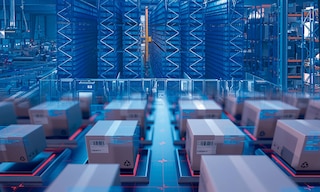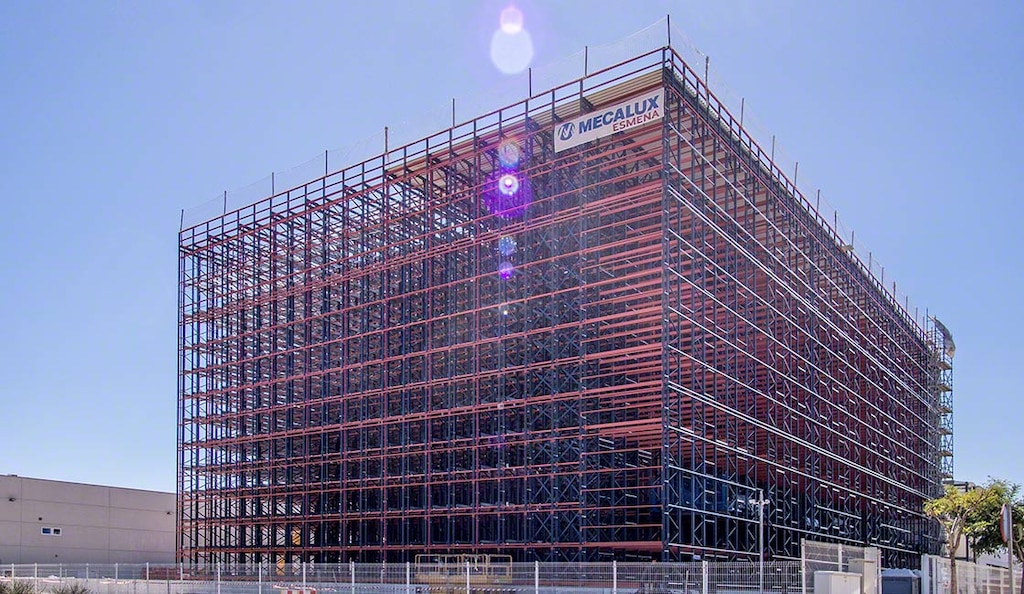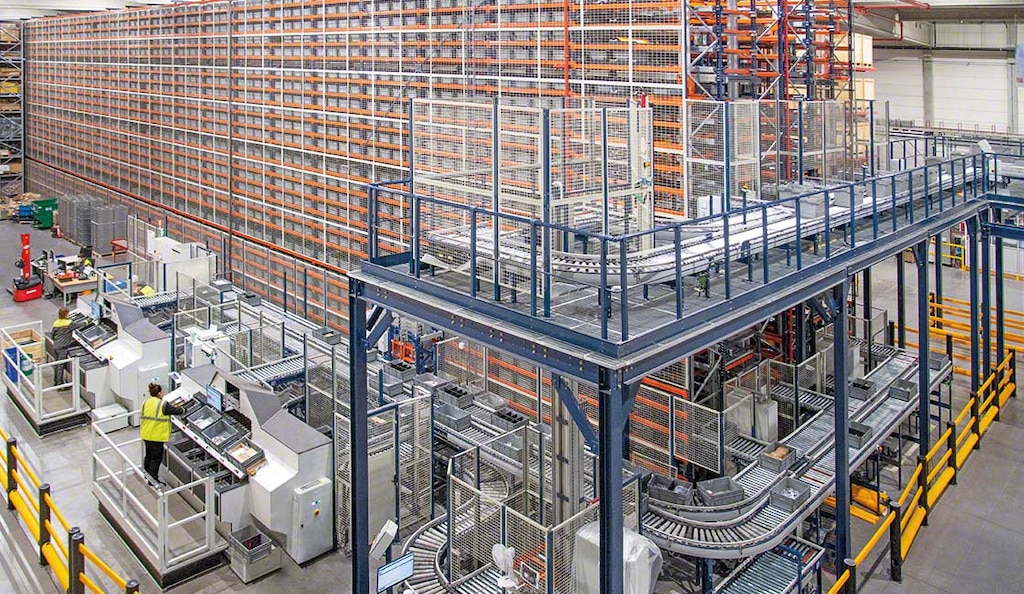
Product life cycle and its 5 stages
However novel it may seem, no invention lasts forever in its original form. Innovation enhances products and these goods — intended to satisfy consumers’ needs and desires or solve their problems — go through different phases over months or years. Whether it’s racking and shelving, chairs, smartphones or software programs, all are subject to a life cycle.
What’s a product life cycle?
The product life cycle refers to the distinct phases an item goes through from the moment it’s first conceived until it disappears from the market and becomes unavailable. First, a company works on effectively introducing the good or service to its potential market. Next, its popularity begins to grow. This can last just a few days or go on for months. The initial breakthrough is followed by a period of calm or maturity. Finally, as the saying goes, what goes up must come down: the item begins to lose its appeal. Sales decline and the product or service gets withdrawn or replaced by something similar.
5 stages of the product life cycle
Every phase of the product life cycle has its own characteristics, involves certain challenges and allows for various strategies to be deployed. The theory dates back to 1965 when the German-American economist Theodore Levitt first proposed it in the Harvard Business Review. The process can be divided into 5 stages:
Stage 1: product development
This is the moment when your solution starts to take shape. It includes preliminary research, technical tests and all the necessary steps to determine what kind of goods to bring to market.
Often, your invention is not yet fully perfected and there may not even be a proven demand. This is the case with the projects of many start-ups, which may achieve success with their new venture or be forced to set it aside. In the first stage of the product life cycle, sales are typically very limited.

Stage 2: product introduction
This occurs once your product is on the market and needs to capture the interest of your initial customer base en masse. The market introduction is often the perfect time to implement marketing actions that help your business achieve growth — the next phase in the product life cycle. It’s advisable to conduct a study of potential customers to understand their preferences, motivations, attitudes and behaviours. This lets you define commercial and logistics strategies, such as in-store distribution or the establishment of order collection and drop-off points.
This phase is critical in the creation and development of any item. Failure to follow the appropriate distribution tactics or excessive competition can make it difficult to boost sales.
Stage 3: product growth
During this period, sales increase considerably, as do the ways you can achieve them. Imitators of your service may appear, so it’s crucial to retain consumers and expand your brand’s presence. With the initial revenues, you can reinvest part of your profits in further advancements to keep your product updated for as long as possible. It’s also an opportune time to incorporate improvements, as you’ll have plenty of user feedback and comments.
Stage 4: product maturity
Having reached peak interest, sales begin to stabilise. The market has become accustomed to your product and the challenge is to remain among the top choices for as long as possible. To strengthen brand loyalty, it’s best to focus on providing an excellent customer experience and service. You can also employ promotional practices such as loyalty programs.
Other options include introducing the established product to other parts of the world — fostering your company’s expansion — and exploring new uses for it.

Stage 5: product decline
Despite your attempts to delay it, your product’s drop in popularity and eventual disappearance are inevitable. The moment market shares begin to fall and sales decrease is generally caused by 4 factors:
- The product has become outdated or has been replaced by another.
- The novelty has worn off and customers have lost interest.
- The competition is too high.
- An event has damaged the brand’s image.
To determine whether your product has entered this phase or can still be relaunched, consider two key questions: Has technological progress rendered it obsolete? Are similar options available at a lower price?
Examples
Highly popular inventions like the typewriter, created in 1867, have ceased production entirely. The last factory manufacturing them, located in India, closed its doors in 2011 due to a decline in demand. An example of a more recent invention is the DVD. Introduced in 1995 to replace VHS tapes, DVDs succeeded due to advantages such as not requiring manual rewinding. However, streaming services have quickly replaced DVDs, resulting in a much shorter product life cycle compared to typewriters.
Why it’s important to understand the product life cycle
Knowing the phases of the product life cycle gives sellers a significant advantage. It helps them determine which marketing strategies to implement and anticipate their logistics and storage needs. Nevertheless, while all items and services undergo the same life cycle, each evolves differently.
Are you growing your business or looking for ways to enhance your efficiency? At Mecalux, we have extensive experience in warehouse automation and management software. Feel free to reach out to us. We’ll show you how real-time inventory control can empower you to take your business logistics to the next level.
